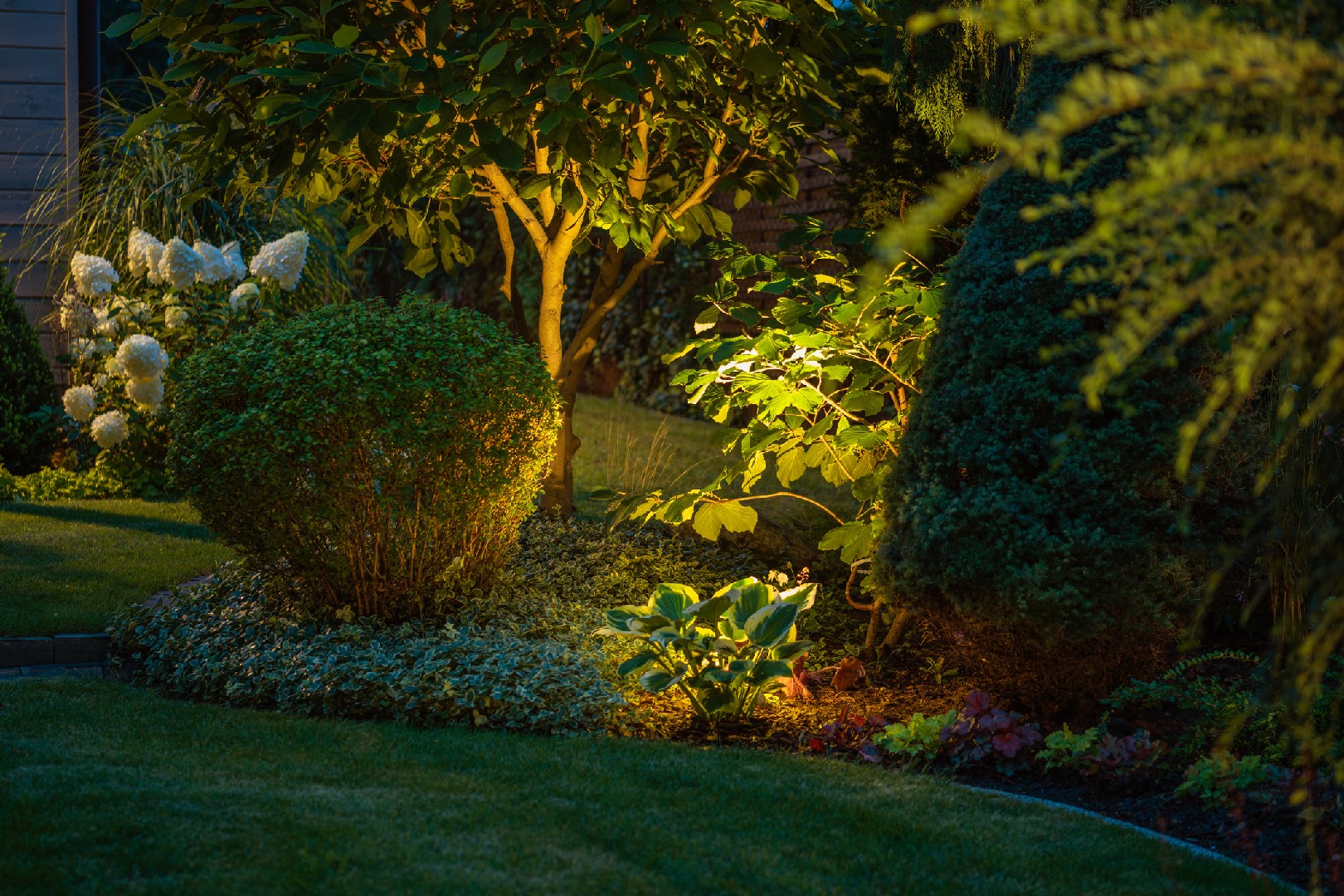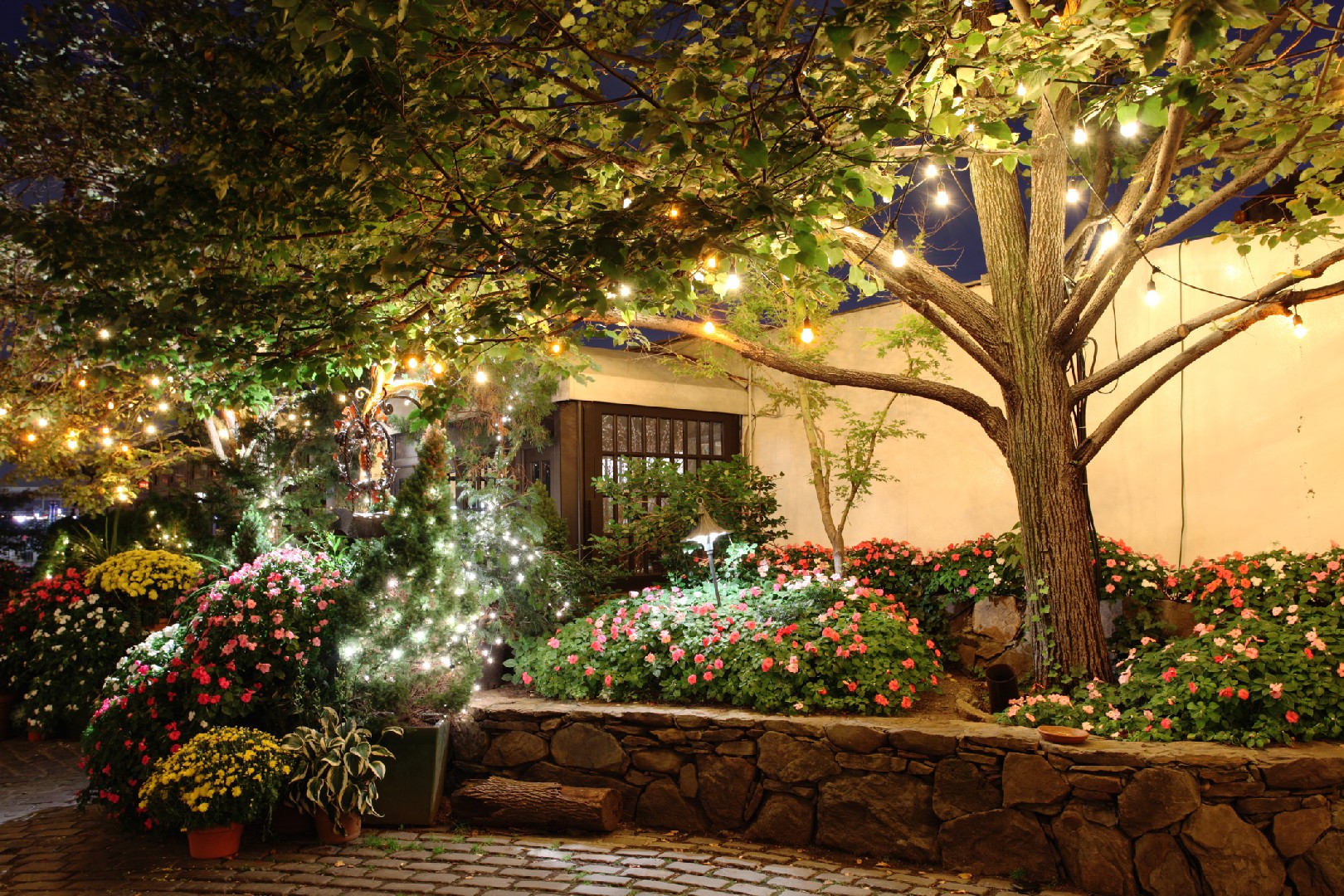![Rectangle]()
Practical Guidelines to Implementing Colorful Lighting in the Garden
When it comes to creating a colorful and enchanting garden, lighting plays a crucial role. Not only does it illuminate the space, but it also adds an artistic touch, transforming the ordinary into extraordinary. To master the art of colorful garden lighting, it is important to consider a few practical guidelines to ensure a stunning and visually captivating display.
First and foremost, choosing the appropriate lighting types and fixtures is essential to create the desired effects. There are several options available, such as string lights, spotlights, lanterns, and even solar-powered lights. Each type has its own unique qualities and can evoke different moods. For instance, string lights can create a magical and whimsical ambiance, while spotlights can accentuate specific features in the garden.
Positioning and layering lights is another technique that can help capture textures and depth with colored lights. By strategically placing lights at different heights and angles, you can create a multidimensional effect. For example, highlighting a tree with a combination of upward and downward-facing lights can enhance its natural beauty and create a dramatic effect.
To make the most out of colorful garden lighting, it is important to consider some dos and don'ts for installing and maintaining the lights. Firstly, do opt for high-quality lights that are specifically designed for outdoor use and can withstand the elements. Poor-quality lights may not only fail to deliver the desired lighting effects but may also pose safety hazards. Additionally, do make sure to properly position lights to avoid glare and make adjustments as needed to achieve the desired effect.
On the other hand, it is essential not to overdo it with colorful lights. While vibrant and bold colors can be visually appealing, using too many different colors can create a chaotic and overwhelming look. It is best to select a cohesive color palette that complements the overall theme and aesthetic of the garden. Also, be mindful of light pollution and consider the impact of your lighting choices on the surrounding environment.
In conclusion, implementing colorful lighting in the garden is an art form that requires thoughtfulness and creativity. By choosing the appropriate lighting types, positioning and layering lights, and following practical guidelines, you can transform your garden into a vibrant and visually stunning oasis. So why not unleash your inner artist and start painting with light in your own garden? The possibilities are endless, and the end result is sure to leave you and your guests in awe.





